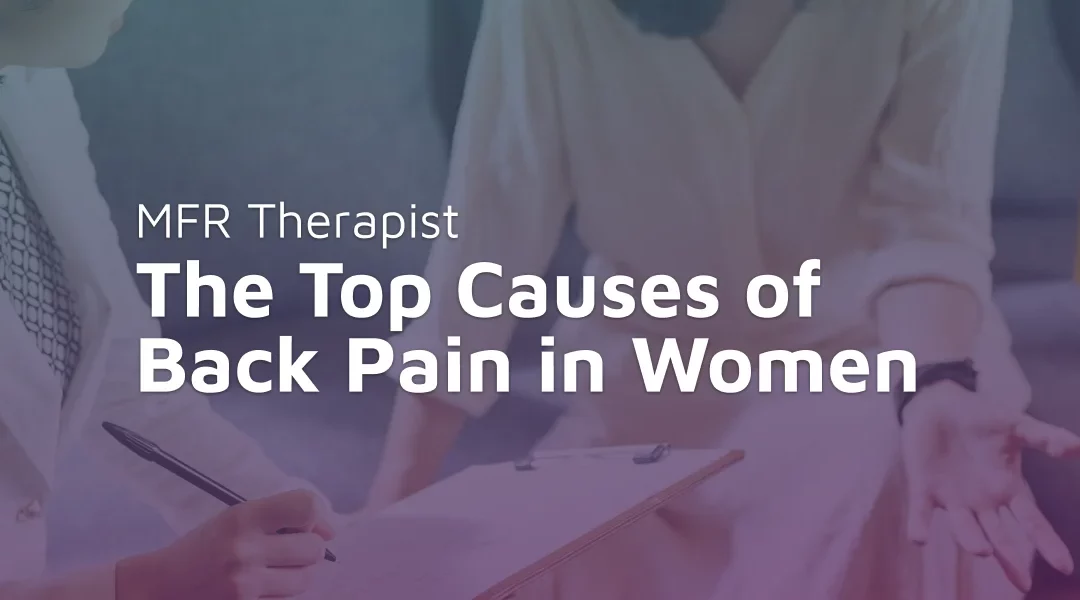Pregnancy causes many shifts within the body both hormonally and physically. As these changes occur, back pain often manifests. Unfortunately, back pain does not stay limited to the pregnancy itself, and can extend past childbirth.
Back pain during pregnancy. As the baby continues to grow throughout pregnancy, the uterus becomes heavier and starts to shift down in anticipation of childbirth. This shift in the center of gravity and increase in weight on the front side of the body creates back pain as the muscles become strained. In addition to this, hormones cause the joints and ligaments to loosen which can affect the back and create back pain.
Back pain postpartum. After childbirth, the muscles within the abdomen are still recovering from being stretched. Pair that with the intense stress applied to the body while giving birth and endless hours spent bending, holding, and caring for the new baby, and you have a perfect storm of strain on the lower back.
This condition is caused when you are unable to control the muscles within your pelvic region. Often women will suffer from pelvic floor dysfunction after childbirth, although it is not limited to them. This condition is accompanied by many issues including low back pain.
A proper diagnosis of this condition is crucial to ensure the appropriate treatment. If you believe you may be suffering from pelvic floor dysfunction make sure to consult with a physician. Other common signs and symptoms associated with pelvic floor dysfunction include:
- Inability to control bladder or bowel function
- Sharp shooting pain down one or both legs
- Pain in your pelvic region
- Frequent need to urinate
What is bone mineral density you may be asking? It describes how closely packed the cells within the bones are. If bone mineral density decreases, there are more gaps between these cells which can create pockets with no cells at all.
This eventually causes issues with the ability of bones to support the weight. When this happens to the bones of the spine (vertebrae) it can wear down the discs that cushion these bones. As the discs wear down, back pain often becomes more frequent.
Back pain is frustrating no matter what the cause is. Here are simple things you can do each day to help keep your back healthy:
- Use proper sitting posture
- Contract your inner core muscles
- Use proper lifting mechanics
- Bend at your knees, not at your waist, no matter what you’re picking up
- Avoid carrying things on only one side of your body
Whether it’s your child, a bag, or luggage
Understanding what is causing your back pain is the first step to healing your back. Check with your primary care physician about the signs and symptoms associated with your back pain to help find your correct diagnosis. If you would like to learn more about relief for low back pain, visit MFR Health for access to a variety of resources regarding the benefits of myofascial release (MFR) therapy for back pain and other conditions.

